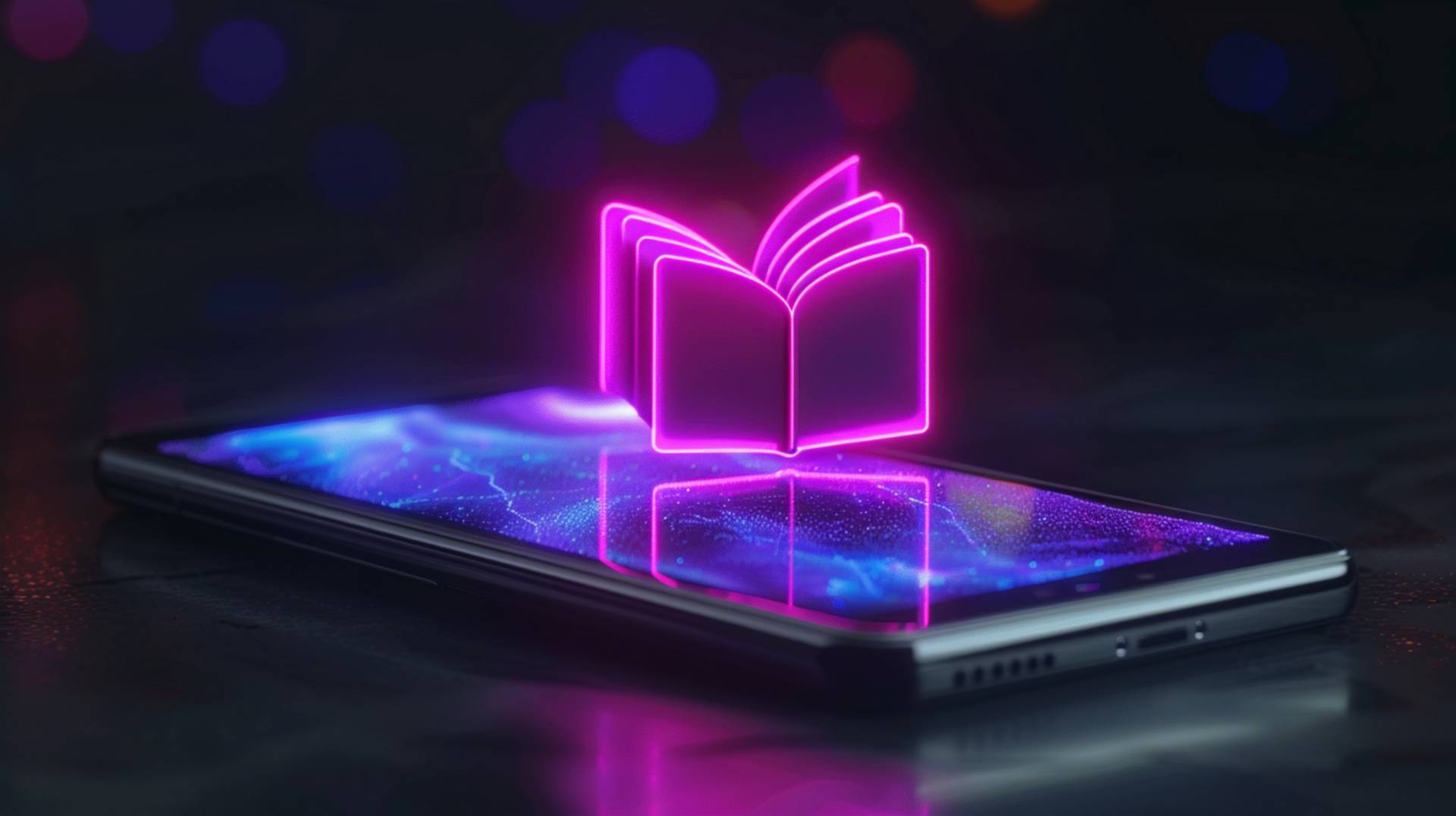Educational Games Development and Gamification: Bridging Learning and Play
Educational games development have transformed the way people learn by blending entertainment with knowledge. Instead of relying solely on traditional instruction, these experiences invite players to engage, explore, and apply concepts in interactive ways that feel natural and enjoyable.
From math puzzles and language adventures to simulations that teach teamwork or problem-solving, educational games merge cognitive development with emotional engagement. They prove that learning can be both fun and effective when designed with purpose and creativity.
Gamification vs. Educational Games: What’s the Difference?
Although often used interchangeably, gamification and educational games are not the same. Understanding their distinction helps educators and developers design better learning experiences.
- Educational Games are complete learning experiences where gameplay and knowledge are intertwined. The game itself teaches, think Minecraft: Education Edition or Kerbal Space Program.
- Gamification, on the other hand, means adding game-like elements (points, levels, leaderboards, badges) to non-game environments, such as e-learning platforms or classrooms.
In short, educational games create worlds to learn in, while gamification adds motivation to existing systems. Both approaches share one goal: to make learning more interactive, measurable, and rewarding.
Why Educational Games Work
Educational games succeed because they activate the same psychological mechanisms that drive entertainment gaming: curiosity, challenge, and reward. When learners play, they’re not memorizing, they’re experimenting and problem-solving.
Some key benefits include:
- Engagement through play: Learning becomes active, not passive.
- Instant feedback: Players see results immediately, reinforcing comprehension.
- Safe experimentation: Mistakes become opportunities to learn rather than failures.
- Intrinsic motivation: Progress feels satisfying, increasing time-on-task and retention.
In development educational settings, this approach turns lessons into experiences that students remember, not just study.
Core Design Principles for Educational Games
Devveloping an effective educational game requires more than just adding fun mechanics. It’s about designing for learning outcomes first, then finding playful ways to achieve them.
-
Define clear learning objectives. Every challenge or level should align with a specific skill or concept.
-
Balance learning and fun. The game must teach without feeling like a test. A well-crafted reward loop keeps players motivated.
-
Use storytelling to contextualize knowledge. Narratives help players understand why something matters, not just how it works.
-
Adapt to player pace. Dynamic difficulty ensures that both beginners and advanced learners stay challenged.
-
Encourage reflection. After completing levels, brief recaps or discussions help players connect gameplay to real-world understanding.
The Role of Gamification in Education
Gamification enhances existing learning systems by motivating participation and reinforcing progress. When used strategically, it transforms routine tasks into engaging experiences.
Common gamification techniques include:
- Points and levels to show progress.
- Leaderboards to encourage friendly competition.
- Badges and achievements that reward effort.
- Progress bars to visualize completion.
However, gamification only works when aligned with meaningful goals. Simply adding points without purpose can feel artificial. The focus should remain on motivation, mastery, and connection, not on scoring alone.
Examples of Impactful Learning Through Play
-
Duolingo gamifies language learning with streaks, levels, and instant feedback that make daily practice addictive.
-
Kahoot! turns classrooms into interactive competitions that reinforce understanding through fun repetition.
-
Classcraft reimagines school participation as a fantasy quest where collaboration and empathy become game mechanics.
-
BrainPOP and Osmo show how narrative and tangible interaction enhance comprehension in children’s education.
These examples illustrate how gamified systems and educational games can make complex subjects feel accessible, exciting, and meaningful.
Challenges and Opportunities in Educational Game Design
While the potential of educational games development is immense, gamedevs face several challenges when blending learning and entertainment:
1. Balancing depth and fun — Overloading with content can make games feel like lessons, not experiences. Finding equilibrium is key.
2. Measuring learning outcomes — Success metrics should go beyond scores to include comprehension, creativity, and confidence.
3. Accessibility and inclusivity — Designing for different learning styles, languages, and abilities ensures broader impact.
4. Sustaining engagement — Continuous updates, new challenges, and community-driven content help maintain interest over time.
The opportunity lies in connecting pedagogy with creativity — when learning is joyful, students don’t just play the game, they live it.
How Galaxy4Games Supports Educational Game Development
At Galaxy4Games, we help studios and educational institutions create meaningful, scalable learning experiences through games and gamification. Our expertise includes:
- Designing educational games aligned with real learning outcomes.
- Developing gamified platforms that motivate students and measure progress.
- Integrating analytics systems to track engagement and performance.
- Collaborating with educators to ensure pedagogical accuracy and accessibility.
Our goal is to bridge creativity and education, empowering organizations to inspire learning through play.
If you’re ready to turn learning into an interactive experience, Galaxy4Games can help you design educational games and gamified systems that inspire creativity, curiosity, and real understanding.
Let’s build the future of learning, one game at a time.
Key Takeaways
- Educational games merge engagement and knowledge into interactive experiences.
- Gamification enhances motivation within existing learning systems.
- Both approaches promote active participation, feedback, and retention.
- When designed ethically and creatively, they transform education into exploration.








